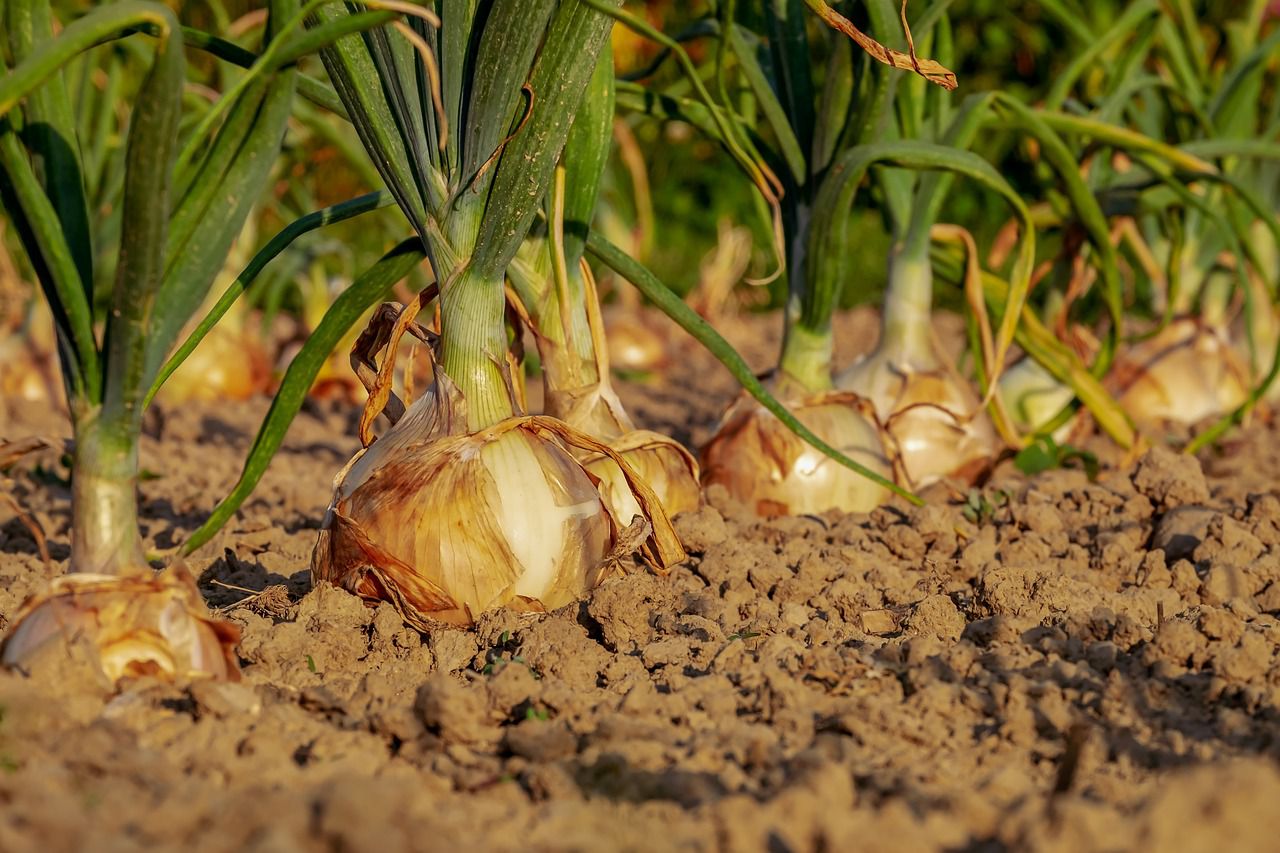When you're new to gardening, you can be tempted to plant all your favorite plants at once.
While it can be beneficial sometimes, it also has some disadvantages that can cause minor or major inconveniences.
Planting lots of different kinds of plants in one season can be problematic for several reasons.

Pest and Disease Management
Diverse plantings can attract a broader range of pests and diseases.
When various susceptible plants are grouped closely together, it can lead to the rapid spread of pests and diseases from one plant to another.
This makes it challenging to control and manage the issues effectively.
Soil Depletion
Some plants are heavy feeders, meaning they consume a lot of nutrients from the soil.
Planting too many of these types of plants in one season can lead to nutrient depletion, making it harder for other plants to grow successfully in subsequent seasons.
Imbalanced Ecosystem
A garden or agricultural ecosystem functions best when it is in balance.
Introducing a wide variety of plants in one season can disrupt this balance, potentially leading to the dominance of certain species and a decline in others.
This may also impact beneficial insects and pollinators that rely on specific plants for their survival.
Harvest Management
Planting multiple types of crops with different maturation times can complicate harvest management.
Some crops might be ready for harvest while others are not, requiring more time and effort to manage the harvest properly.
Cultural Practices
Different plants require specific cultural practices like pruning, staking, or trellising.
Managing a diverse range of plants can be labor-intensive and require more time and attention.












